As far as we know, there is only one place in space that has life, our planet Earth. Our planet, which is 4.5 billion years old, has been through many things until today…
From global catastrophes to revolutionary evolutionary milestones Our planet, which has survived many important events, has become our home, on which we breathe today, as a result of all these.
Come to these important events step by step let’s see:
1) Birth of the Planet (4.5 billion years ago)
On the way to the formation of our planet, which is known to consist of dust and rock fragments around the Sun, first after the rocks collided with each other With the effect of gravity, they start to pull other rocks around them, then they combine to form the Earth.
after this event A large celestial body collides with the Earth and, as a result, huge amounts of debris are scattered into space. Similar to the formation of the Earth, these remnants pull each other in the same ways and combine to form the Moon.
2) Beginning of Life (4-3.5 billion years ago)
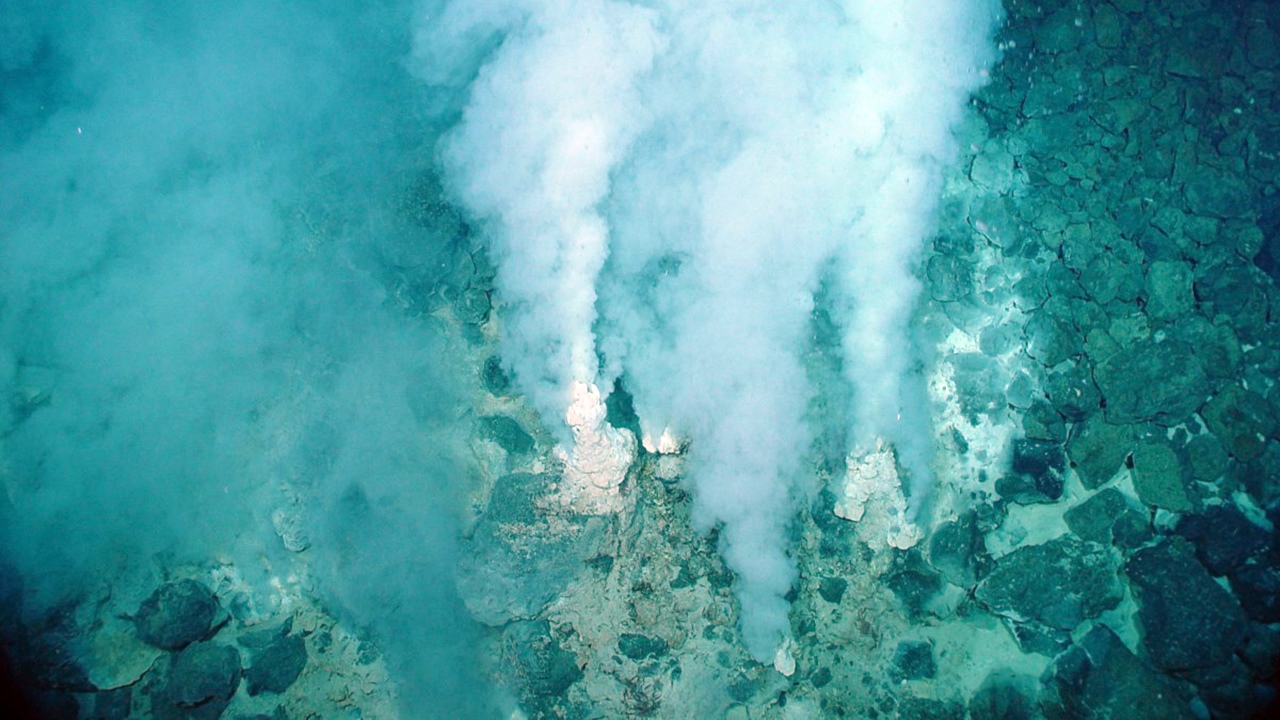
The question of exactly when life began on our planet has not yet been answered one hundred percent; but judging by the oldest fossils we have of single-celled organisms, life is about 4 billion years old.
first of life on the ocean floors It is thought to have started in volcanic hot springs.
3) The Emergence of Photosynthesis (3.4 billion years ago)
The sun is our planet’s largest source of energy. If life was to evolve, it would be created by this huge source of energy, and it did. Some microorganisms have succeeded in using sunlight and thus converting simple molecules into sugar molecules. But these early photosyntheses were different from today’s; As a result, the atmosphere was not released to the oxygen. Therefore, there was no oxygen in the atmosphere.
4) First Plate Movements (3 billion years ago)
Plate movements have the biggest share in the formation of today’s landforms and continents. These movements first began to occur 3 billion years ago.
5) Formation of Breathable Air (2.4 billion years ago)
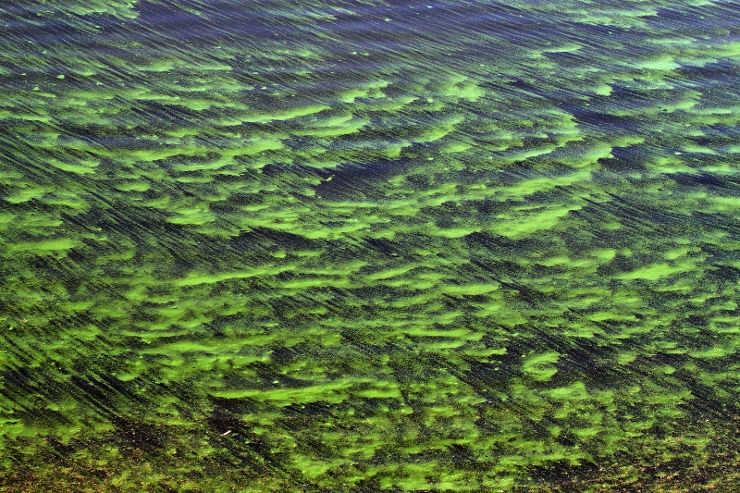
For a long time there was no free oxygen in the atmosphere on Earth. In time cyanobacteria, After photosynthesis, it began to release oxygen into the atmosphere. These oxygens accumulating in the atmosphere enabled the air to be enriched with oxygen.
At the time, this was actually not very helpful; Because no living being was accustomed to oxygen. Therefore, most of the living things that emerged could not get used to this intense oxygen and perished; some species managed to survive.
One of the reasons for this is that some people cannot reach oxygen for many years. in deep ocean regions Another is that they evolved by chance to be unaffected by oxygen.
6) First Complex Cells (2-1 billion years ago)
Some of the first cells, similar to today’s bacteria, began to evolve over time. According to this situation, studied by the endosymbiosis theory, mitochondria and chloroplast organelles were originally bacteria; but when they enter into a mutually beneficial relationship with the cells they are swallowed to eukaryotic cells They opened the way.
7) First Sex (1.2 billion years ago)
To continue by saying that it has nothing to do with today’s sex; The beginning of reproduction (sex) by cooperating with another living thing instead of splitting into two and multiplying on its own. It dates back 1.2 billion years. As a matter of fact, in some fossils from this time period, it was seen that red algae had spores, which are reproductive cells.
8) Multicellular Life (1 billion years ago)
In this period, when life forms with more than one cell began to form, The first organs are also forming gradually. In fact, fossils with more than one cell have been found even 2 billion years ago; however, these are thought to be bacterial colonies and not a single living thing.
Multicellular organisms are thought to have evolved at different times in different regions of the planet; however It is thought that plants were the first to succeed.
9) Ice Age (850-635 million years ago)
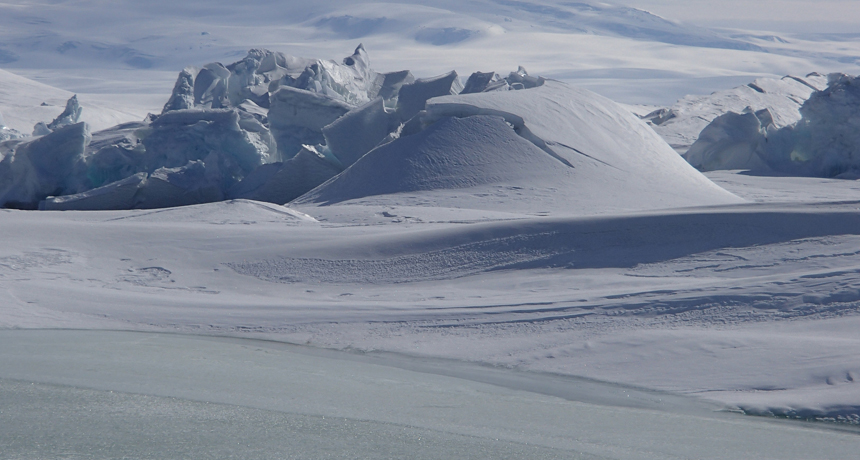
In our Earth, which entered the Ice Age twice during these periods, it is thought that ice covered the entire planet. It is thought that the first advanced animals also began to evolve during this period.
10) Cambrian Explosion (535 million years ago)
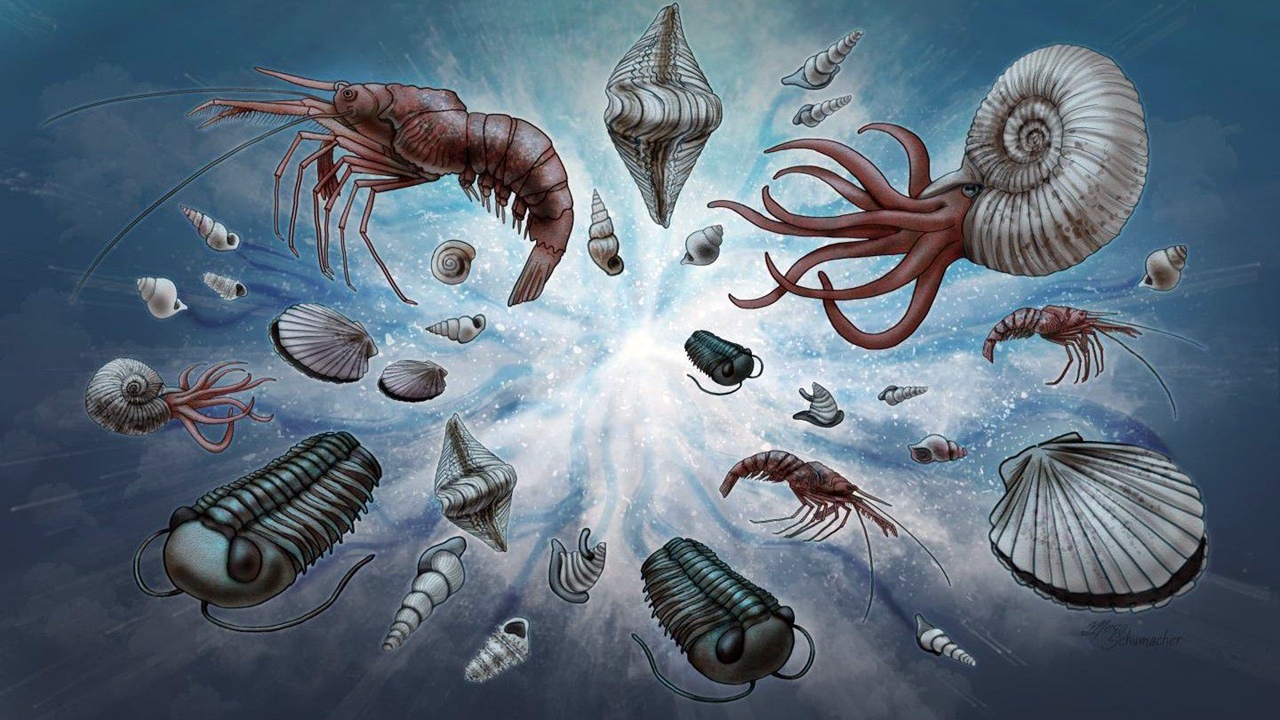
The most important chapter in world history In the Cambrian Explosion, which can be described as the Cambrian Explosion, many animal species that are the ancestors of today’s animals emerged in very short time periods in terms of evolution.
belonging to this period too many fossils detected; The reason for this is shown to be the fact that living things in that period developed very hard shells, and thus it was easy for their fossils to be preserved and preserved.
11) Plants Take Over the Land (465 million years ago)
Some animals land 500 million years ago It is thought that these animals only do this for a short time in order to lay their eggs in a safe place.
the permanent land The first inhabitants were plants. Although the first terrestrial plants were green algae, diversity began to emerge in a short time.
12) First Mass Extinction (460-430 million years ago)
Although the world was very excited with the Cambrian explosion, before 100 million years had passed since this period, the second largest mass extinction in history took place and the resulting mass extinction occurred. 85% of living things perished.
Most of the surviving species were located in the oceans, so the planet was sort of advanced fish species.
13) Fishes Landing (375 million years ago)
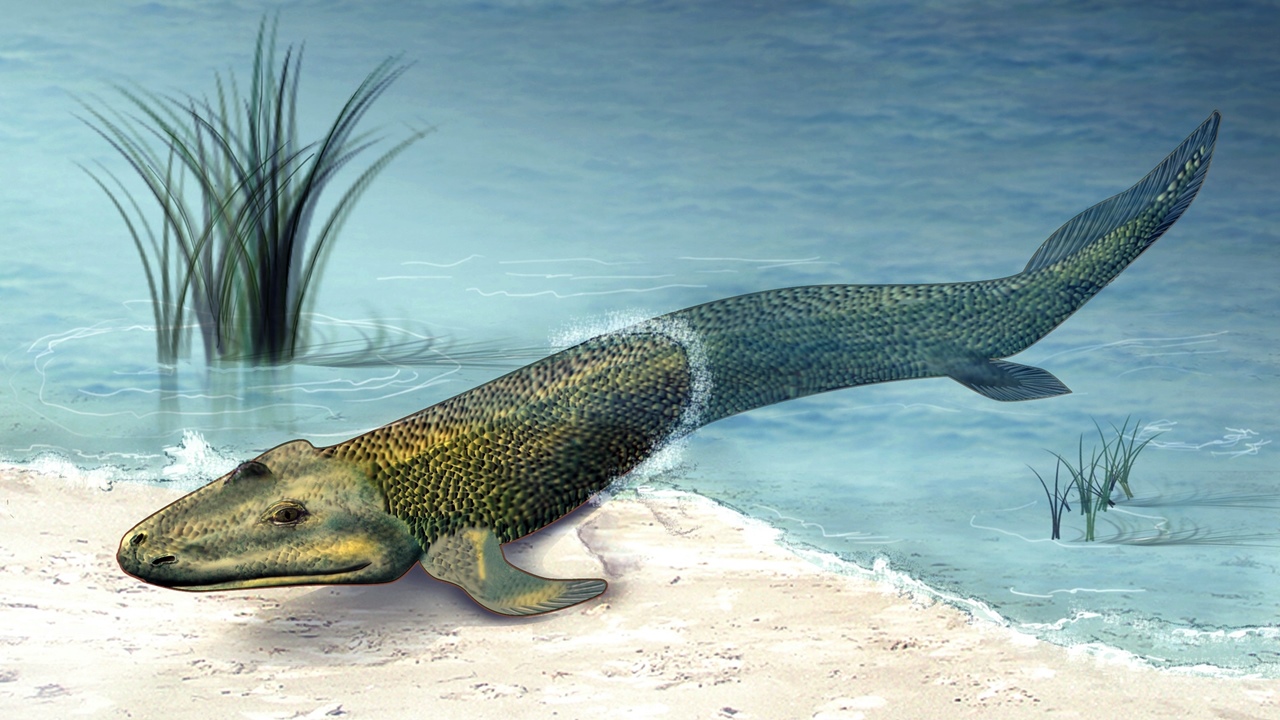
After this mass extinction, some plants were still living on land. Fish species also to lay their eggs Coming out of the water, they must have thought that terrestrial life could also be good, so they began to take more steps on land.
Actually the first animals to conquer the land were insects; however, when fish came ashore and evolved into the first species, the ancestors of amphibians, reptiles, and mammals, the dominance was lost to insects.
14) Reptiles Scene (320 million years ago)
When the world was in the middle of the Paleozoic Ice Age, the first reptiles began to appear. Reptiles evolved from amphibians, Thanks to their hard shells, they began to quickly strengthen their dominance on land, thanks to their eggs that they did not have to lay in the water.
15) One Continent, One Roof (300 million years ago)
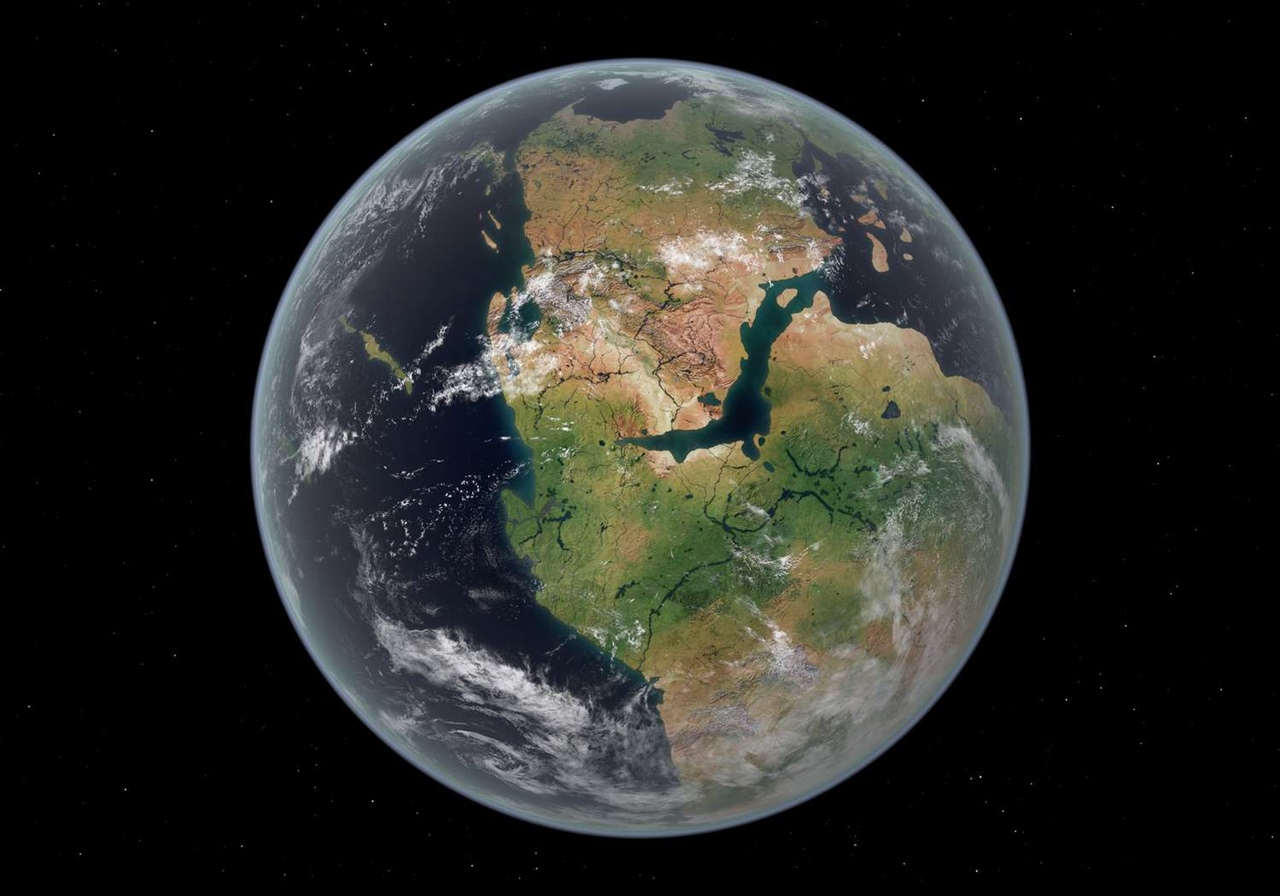
The continents on Earth came together for the last time to form the supercontinent Pangea. panthalassa Surrounded by an ocean called Pangea, after maintaining its structural integrity for 125 million years, it started to break up and formed the present continents.
16) The Great Extinction (252 million years ago)
This extinction, also called the Permian mass extinction, caused the largest mass extinction ever in the history of the world, It wiped out 96% of it.
The cause has not yet been determined, but thought to be caused by volcanic eruptions After this period, dinosaurs began to evolve and take control.
17) First Mammals Appear (220 million years ago)
Defying mass extinctions, Earth watched the dinosaurs take over, while the first mammals began to form quietly in a corner. Early mammals are thought to have been mostly nocturnal, which is thought to have played a role in the evolution of warm-bloodedness.
18) Third Great Mass Extinction (201 million years ago)
While dinosaurs ruled the land, huge reptiles were found in the seas, then another catastrophe (Triassic extinction) and 80% of living species deleted from the ground.
After this mass extinction, the cause of which is unknown, the terrestrial dominance of the dinosaurs was riveted and they have grown to gigantic proportions.
RELATED NEWS
Why were Prehistoric Creatures of Colossal Dimensions?
19) The Sky Is No Longer Empty (160 million years ago)
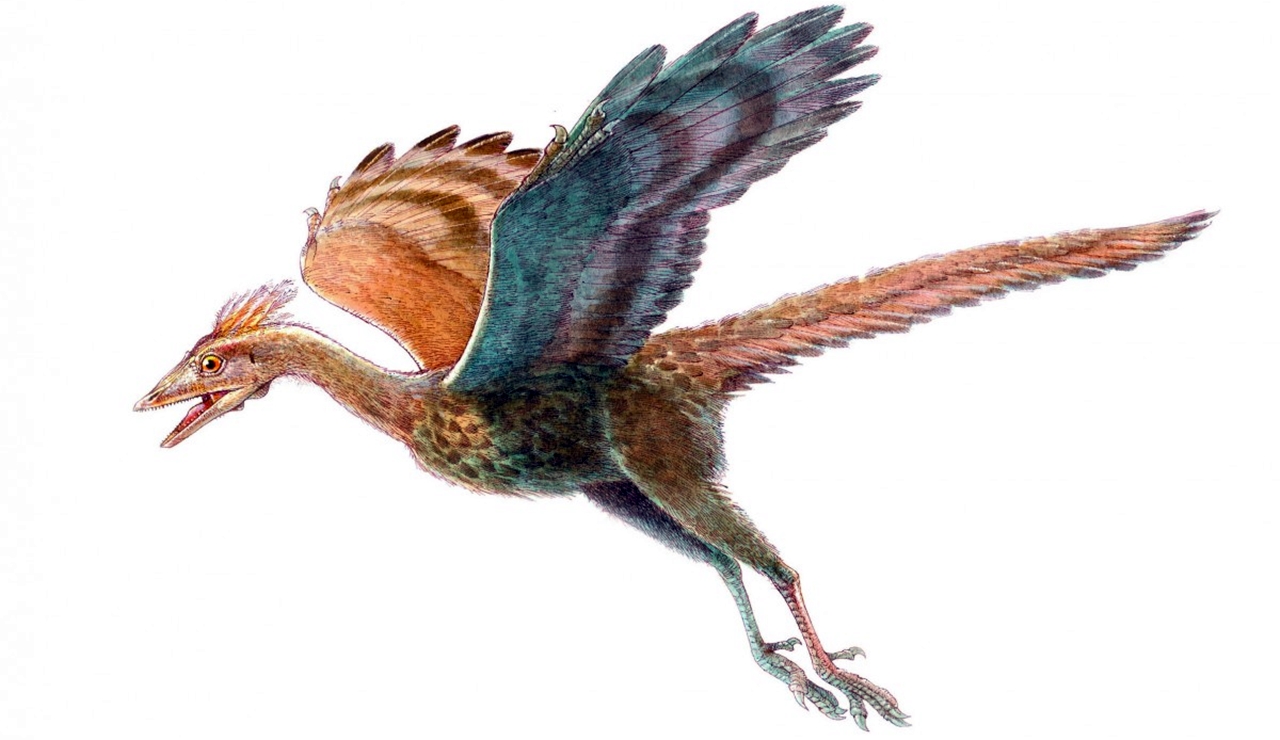
This period, when the first birds began to evolve, is especially famous for the bird species Archeopteryx. This species, which appears to be the first bird species, seems to have lost this feature thanks to new fossils found in China today.
20) First Flowers (130 million years ago)
Although the existence of plants on land dates back to ancient times, It took a long time for the first flowers to form. The existence of flowering plants coincides with the middle of the age of the dinosaurs. It seems like it took an even longer period of time for the grass to form.
21) Dinosaurs Play the Final Act (65 million years ago)
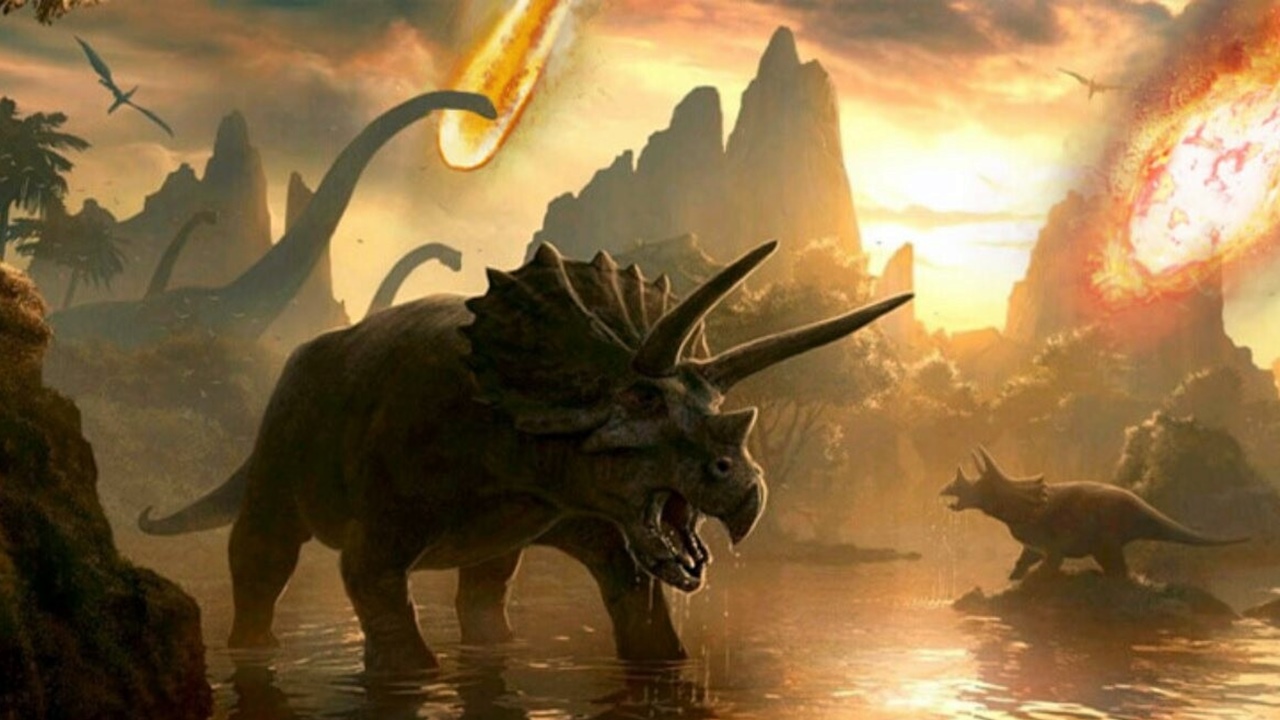
falling within Mexico a meteor It turns the Earth upside down with the impact of a violent collision. Dense dust deposits completely cover the atmosphere, blocking the sunlight, and with the cold and darkness the Earth is fifth and witnessing its last mass extinction. In addition to dinosaurs, many living species disappear from the scene of history during these periods.
22) Scene, Primates (60-55 million years ago)
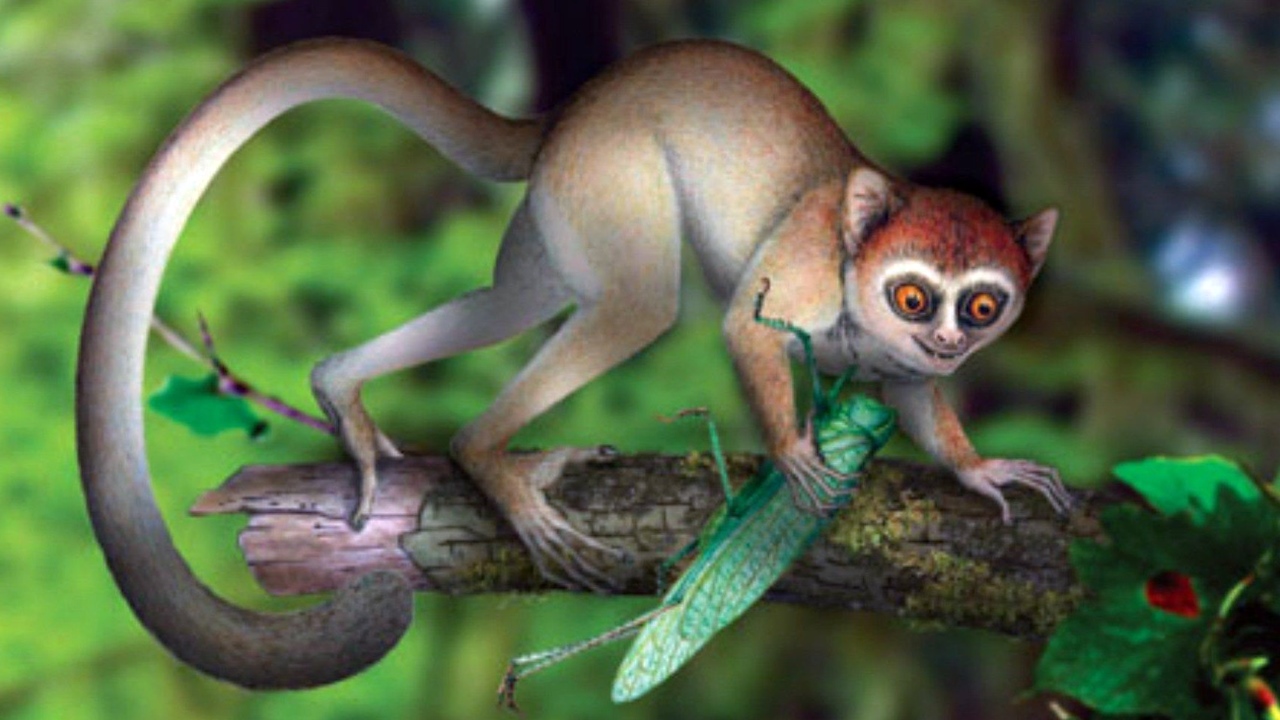
Instead of laying their babies shortly after the dinosaurs died out, they’re inside their bellies, as we humans do. placenta Mammals, which have developed the ability to feed and raise in a structure called this, evolve over time and form the first primates.
Then monkeys, chimpanzees and people take the stage; but there is more to them. At that time, primates still had tiny skeletons, weighing almost 30 grams. They are thought to live in warm regions and the rain-rich forests of Asia.
23) Breathing New Life into Photosynthesis (32-25 million years ago)
Plants, which have been involved with photosynthesis for a very long time, obviously cannot stand by and watch the intense development on Earth. They decide to change something.
Plants that start to perform C4 type photosynthesis, which is quite different from normal photosynthesis. difficult conditions They even begin to adapt.
24) Entering the Path to Modern Man (13-7 million years ago)
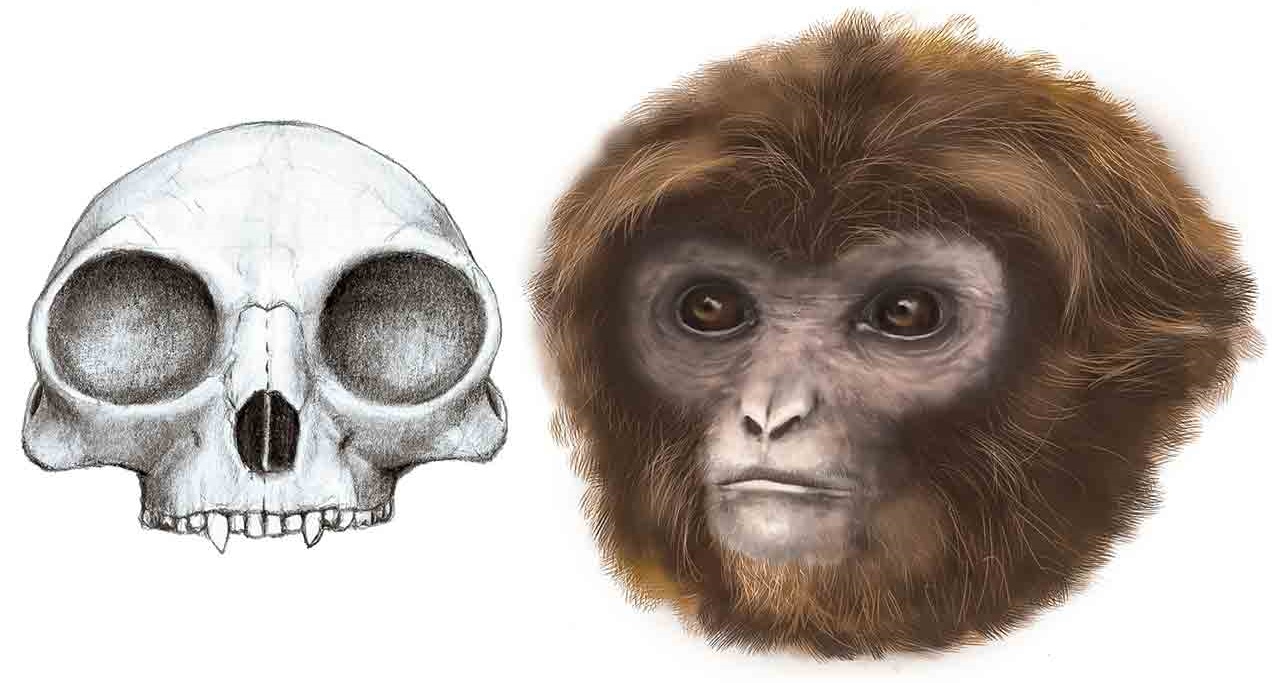
This group will extend to modern humans and modern chimpanzees after the first chimpanzees began appearing in Africa 25 million years ago. It splits into two different paths.
Although the exact time is still unclear, scientists have some fossil records and studies are still in progress.
25) And Our Stage! (200 thousand years ago)

It’s up to the human race. Our species, Homo Sapiens, has been on the stage of history for such a short time, aside from spreading to all continents starting from Africa in such a short time; He even managed to get out of the world.
Although our world 6. mass extinction It is an undeniable fact that we are the most dominant and evolutionarily successful species that has ever set foot on the Earth, even if we drag ourselves towards it and cause the most rapid climate change in history.
Will we burn the Earth with ourselves because of our intelligence, or will we raise all vitality to a higher level with ourselves, Future generations will learn the answer.
RELATED NEWS
The evolutionary reason why women with a 45-degree waistline are more attractive to men
RELATED NEWS
